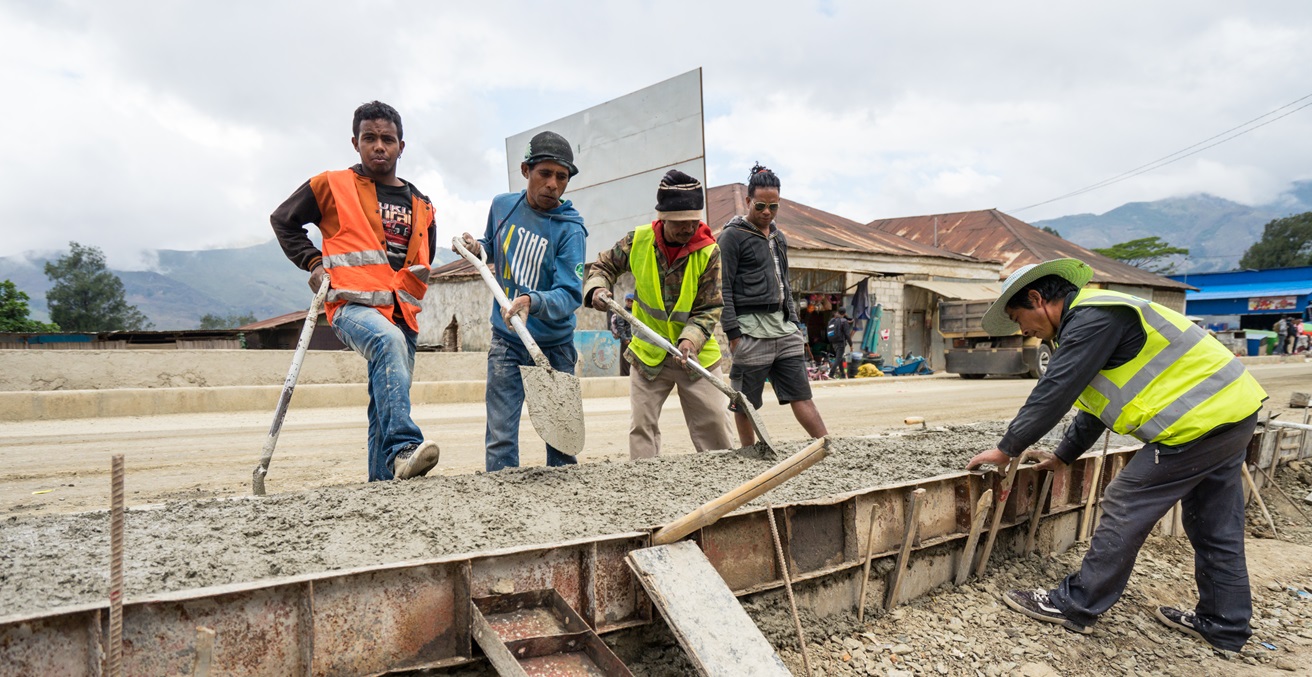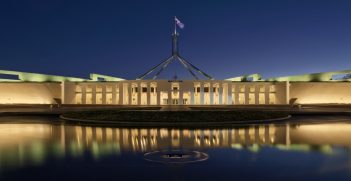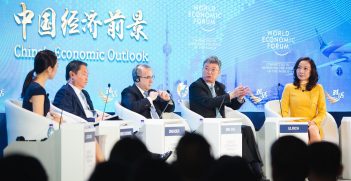Timor-Leste’s China Relations: Looking for Economic Partners

Timor-Leste is desperate to diversify its economic and investment links and develop its natural resources sector. With an impending fiscal cliff coming, China’s already significant presence in Timor-Leste’s non-oil economy is likely to grow.
There was deep unease in Canberra and other regional capitals in September when Timor-Leste and China agreed to sign a “comprehensive strategic partnership” agreement. There was particular concern at a joint statement that included plans to “enhance high-level military exchanges, strengthen cooperation in areas such as personnel training, equipment technology, [and] the conduct of joint exercises and training.”
The fear in Australia, the US, and among ASEAN’s archipelagic states was that Timor-Leste was following Solomon Islands’ 2022 security arrangement with China. That pointedly refocussed Australian and US attention on previously pro-Western small states vulnerable to Chinese influence.
Some of the concern with Timor-Leste dissipated when, within days, China clarified that it was not seeking closer military-to-military relations with Timor-Leste. President José Ramos-Horta said China turned down a request by Prime Minister Xanana Gusmao to develop Timor-Leste’s police and military infrastructure because it was worried about an “overreaction” from Australia.
With China-Australia relations improving, to the benefit of both countries, it might have been the military aspect of the agreement was more trouble than it might be worth. Another view might be that the two countries have just walked back the more public aspect of closer military-to-military ties, which could still continue.
China has previously provided Timor-Leste with defence support, including in 2010 the supply of Shanghai III Class patrol boats along with training for crews in China, as well as construction of the Timor-Leste Defence Force headquarters and barracks. China also built Timor-Leste’s foreign ministry building and the Presidential Palace, financed its Suai Highway, Tibar deep sea port, and operates its electricity grid. In 2011, China’s offer of a radar array to detect illegal fishing was rejected by Timor-Leste when it became clear the proposed Chinese-operated radar had a much more extensive reach than just Timor-Leste’s territorial waters.
Concern over China’s growing footprint in Timor-Leste followed Ramos-Horta saying that, if the Australian government did not pressure Woodside Petroleum to develop the joint Greater Sunrise liquid natural gas (LNG) field in the Timor Sea, his country would seek Chinese development assistance for the project. China has expressed a strong interest in Timor-Leste’s oil and gas reserves but, to date, has baulked at adopting Timor-Leste’s plan to develop the Greater Sunrise LNG on the country’s south coast.
Driving Timor-Leste’s closeness to China are two factors, the first of which is its consistent policy of having as many active international relationships as possible. Having experienced domination by one large neighbour (Indonesia) and then having a troubled relationship with another (Australia), Timor-Leste has diversified its relationships to ensure that no one country can hold it to ransom. In this, China is viewed as balancing the United States and Australia.
More immediately, however, Timor-Leste is looking for investment, and loans, ahead of what the IMF has bluntly referred to as the country’s “fiscal cliff.” At current rates of spending, Timor-Leste will run out of money in a little over a decade.
Timor-Leste had established a Petroleum Fund to accumulate revenue from oil receipts, the intention of which was for government to use the interest to fund its activities and to leave the capital intact. Critically, more than 80 percent of Timor-Leste’s economy relies on government spending to function. Attempts to diversify its economy, particularly in agriculture and tourism, have so far failed, and there is little prospect of future success.
Since 2007, successive governments have spent between two and three times the sustainable levels of withdrawals, making up the difference from the fund’s capital base. With no further income from the now depleted oil fields, the Petroleum Fund has around US$16 billion which, at current rates of expenditure, will see it fully depleted by the early 2030s.
Prime Minister Gusmao had intended the US$50 billion Greater Sunrise LNG field – his signature project – to pick up much of the economy’s shortfall and to provide a base for future economic growth, based on local processing and exports. This plan, for which development costs are around US$16-18 billion, was always fanciful, given the country’s lack of infrastructure and skills, as well as the technical challenge of a Greater Sunrise pipeline having to cross the 3,300 metre deep Timor Trough.
Ramos-Horta threatened that his country would go to China to develop the field if Australia did not comply with its wishes. China’s main development investor, the Export-Import Bank, has already rejected the proposal without provisions by Timor-Leste that it would provide the capital to finance its on-shore facility. This would be around the same amount that the country has remaining in its Petroleum Fund.
Greater Sunrise development partner Woodside had promoted the idea of either a floating processing plant or piping the LNG to a facility near Darwin, the latter of which is its preferred option. Under Timor-Leste’s maritime boundary treaty with Australia, Timor-Leste will receive 70 percent of Greater Sunrise royalties and Australia 30 percent if the gas is piped to Timor-Leste. If it is piped to Australia, Timor-Leste receives 80 per cent of the royalties. To date, Timor-Leste has rejected the Australian processing option, meaning the project remains on hold.
In the face of dwindling funds and no prospect of new sources of revenue, Timor-Leste has agreed with an IMF plan to reduce spending, although this will include stinging cuts that will directly impact its economy – and the living standards of its people. Up to 40 percent of East Timorese still live in poverty and the stunting of children due to malnutrition remains around 50 percent. These indicators, and others, will worsen with impending government cuts.
To balance some of the economic pain the country is facing, Timor-Leste is looking for investment partners and China’s already significant presence in Timor-Leste’s non-oil economy is likely to grow. Similarly, Timor-Leste will start to borrow for infrastructure projects, notably under China’s Belt and Road Initiative, as agreed in September. The country’s international balancing act may thereby succumb to the forces of economic circumstance.
Australia could fill some of the impending economic shortfall, if noting that Australia is already Timor-Leste’s largest aid provider at around an average of $100 million a year. This could increase, but it would still not be enough to stop the longer-term economic pain.
As a consequence of these factors, Timor-Leste faces two profound challenges for its future. The first is how it will increase investment without becoming a Chinese economic outpost. Timor-Leste’s democracy was brought back from the political brink in 2007 by significantly increased domestic spending. The second challenge is, then, whether it can manage the political pressures that will arise in the face of a serious, possibly crippling, economic crash.
But, by then, the now 77 year old Gusmao will likely have left the political stage and Timor-Leste’s fraught future will no longer be his problem. It may, however, be Australia’s.
Damien Kingsbury is Emeritus Professor with Deakin University and long-time observer of and author on Timor-Leste.
This article is published under a Creative Commons License and may be republished with attribution.





